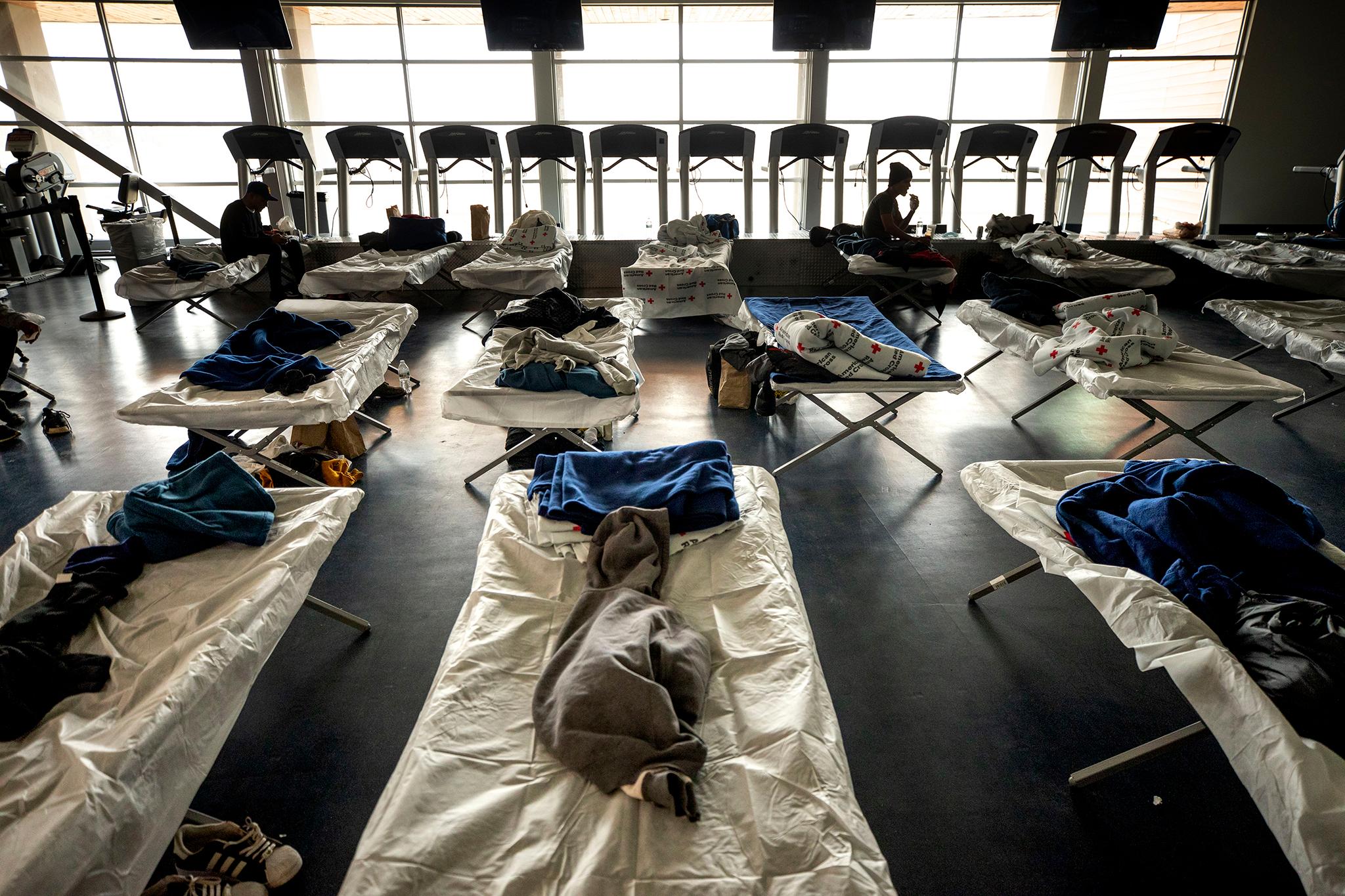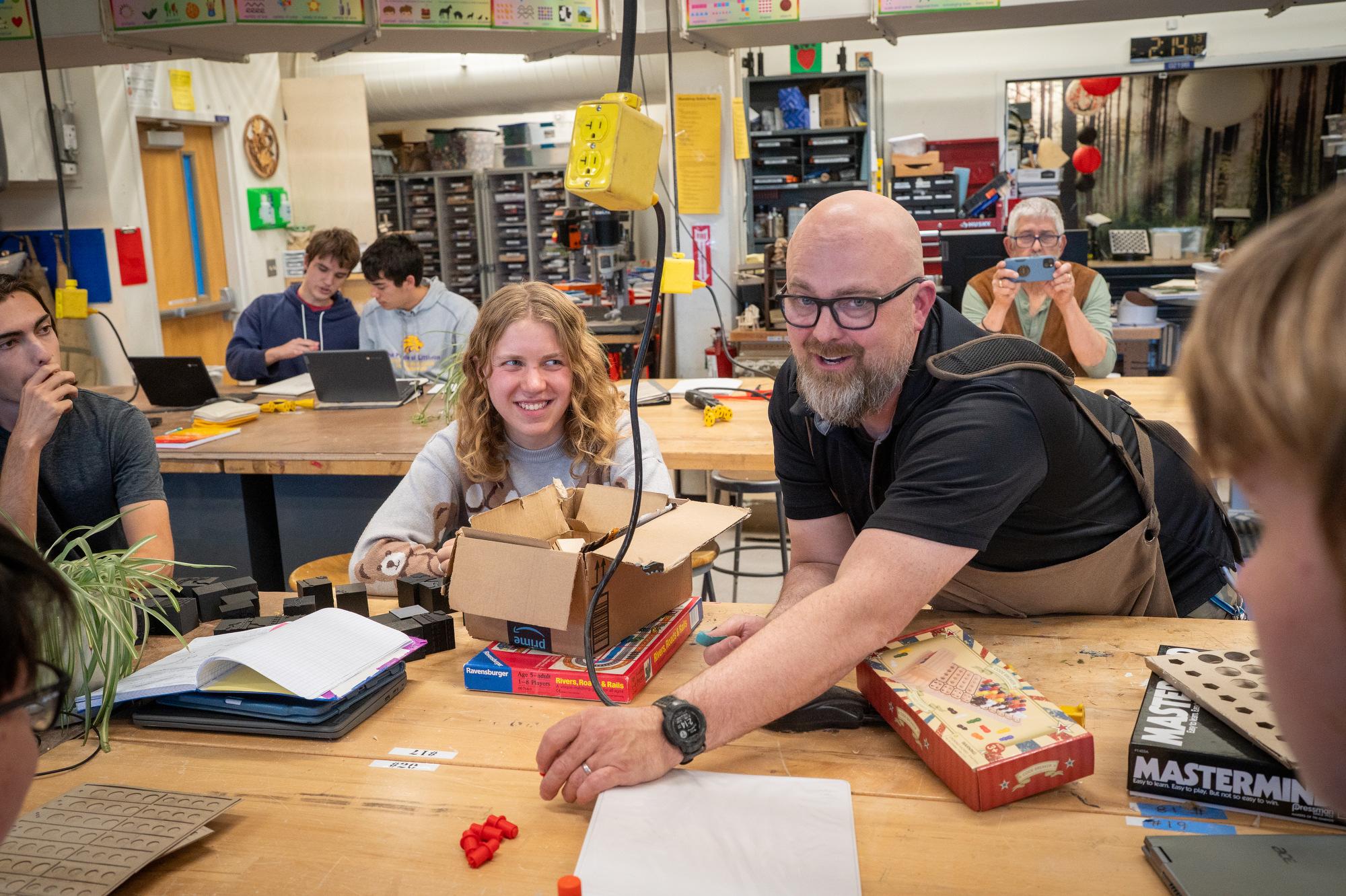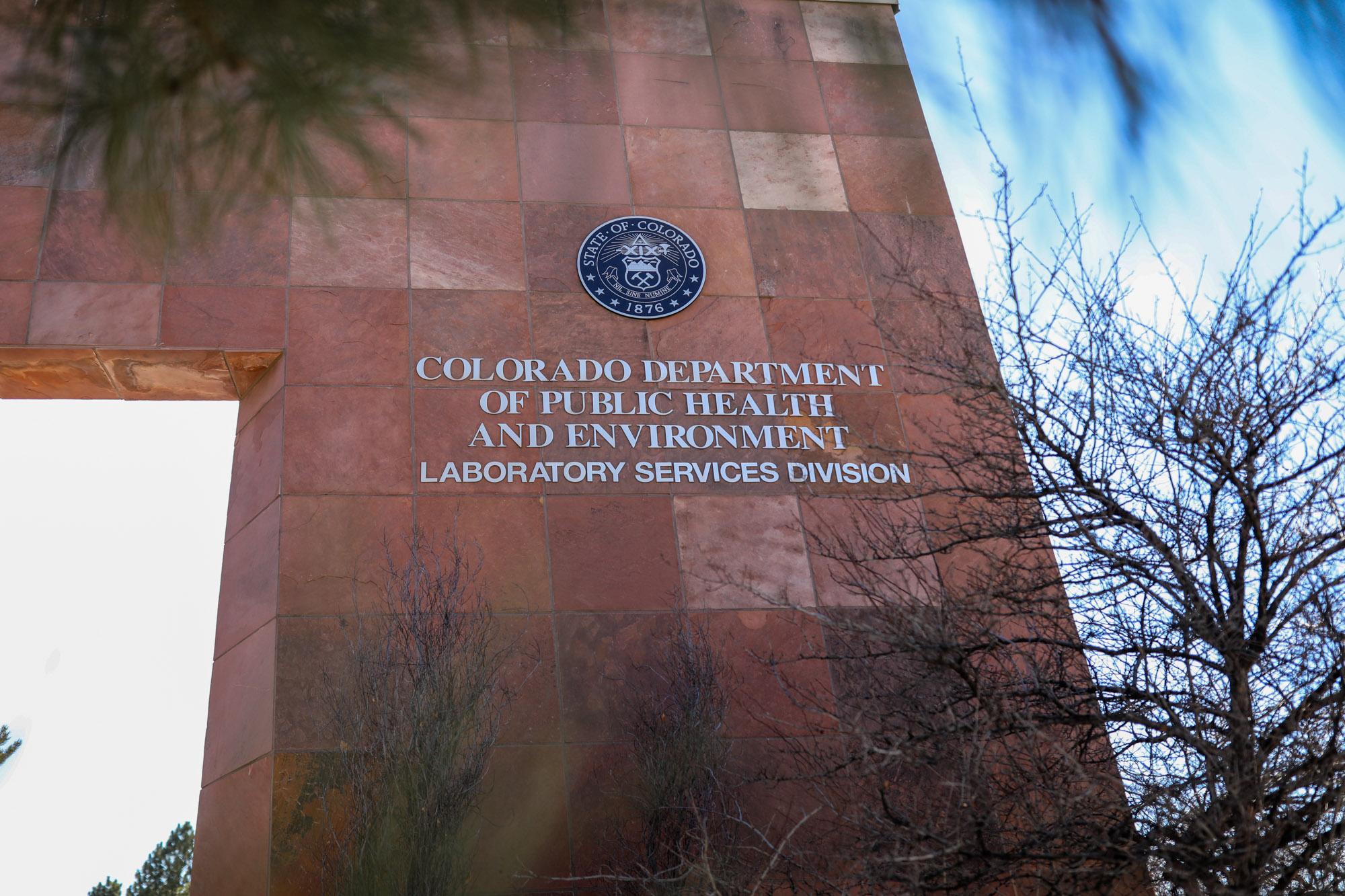
Denver has helped 4,332 migrants who have arrived since early December, according to the city.
People continue to make treacherous journeys across the border in search of work and safety. Their arrivals in Colorado’s capital are part of a years-long negotiation about what to do as more people come from places experiencing political upheaval, climate-fueled natural disasters, and violence.
Denver has expended significant resources to welcome people: The city has converted rec centers to shelters and paid city staff to assist people instead of doing their normal jobs. Colorado has spent its own resources to help get some migrants to other U.S. cities where they say they have friends and family, or the prospect of housing or jobs.
Dara Lind, who recently started as a senior fellow at the American Immigration Council and previously covered immigration for ProPublica and Vox, spoke with Colorado Matters host Ryan Warner about the circumstances that explain the influx of people in Denver, and what can be done to resolve the situation.
This is an edited transcript of their interview.
Ryan Warner: Why did people start arriving by the hundreds in Denver in December?
Dara Lind: What we've seen over the course of 2022 was the latest in a series of ongoing cycles of bottleneck in how people are processed at the border. What that has led to over the course of the year was the succession of people who were getting released from federal custody in border cities that didn't necessarily have the space to house them, weren't necessarily where the migrants themselves wanted to go, getting bused, either on buses that Texas governor Greg Abbott was sending last year, or through nonprofits to larger cities that could be transit hubs where they might be able to find work or might be able to get to their destination more easily. So Denver ended up as kind of a latecomer to a series of cities, including New York, D.C. and Philadelphia, that could, in theory, be both welcoming and better able to help people than, say, a smaller city like El Paso or Eagle Pass, Texas, that were just getting busloads upon busloads of people crossing.
Warner: So this is a processing issue? Is it also a question of simply more migrants arriving at the border?
Lind: Yes. And not only more people arriving, but it matters where they arrive from. Since March 2020, the US has had an order in effect, known as Title 42, that ostensibly says anyone entering the country without authorization is a COVID risk, and so can be expelled without the chance to ask for asylum. The problem is you can't just expel them; there has to be another country that accepts them. And while a few countries have been willing to let people get “expelled” all the way back home, in most cases, it's a question of whether the government of Mexico is willing to take people who aren't Mexicans under this Title 42 order. So most of the people who have been getting released into the U.S. have been either people who the Biden administration, for humanitarian reasons, doesn't want to subject to Title 42, such as children and families, or people from countries that Mexico was not accepting back.
Over the course of last year, we saw a very large increase in the number of Venezuelans coming in, as well as Cubans and Haitians – people Mexico wasn't accepting. Now the Biden administration prevailed on Mexico, and it announced a couple of weeks ago that they were now going to be able to expel some 30,000 people of those nationalities every month back to Mexico under Title 42, which, in theory solves the immediate problem of this group of people that couldn't be subjected to this order.
Warner: Indeed, a couple of weeks ago, Biden announced that he'll allow more people to come to the U.S. legally, but at the same time, this policy is designed to make it harder for folks to get asylum if they try to cross the border illegally. Denver's mayor has credited Biden's policy with curbing arrivals in the city, but it seems like it might be too early to know if this policy is having an impact. Is that right?
Lind: Absolutely. We have seen so many times since 2014 that the federal government will crack down on a specific subpopulation of people who are crossing into the U.S. That population will stop getting apprehended in these large numbers, and then a different group will start. And some of this is due to the fact that smugglers are responsive and will change the markets that they’re marketing in, change their routes, and change their networks. But some of it is also that the “push” factors are so strong. Over the last couple of years, even when very few people were getting let in under Title 42, there was still a tremendous number of people trying to get in, because the situation in much of Latin America has gotten so desolate over the last couple of years.
It's not super clear what the long-term vision is. Will the Biden administration just continue rolling out new parole policies while it continues to expand Title 42 into Mexico?
Warner: In speaking with Gov. Jared Polis, he invoked the notion of allowing folks who are waiting for their asylum cases to be determined to work, and that that might solve labor problems in the United States. This is all of a piece of the much more complicated picture of immigration reform — a nut that Washington has not been able to crack. Does this moment feel different from all the previous moments that seemed to spark interest in an immigration compromise?
Lind: I would love to know who the governor is talking to in Washington, because here in D.C. I have seen so little interest or expectation for Congress to do anything in this session. There was a little bit of hubbub a couple of years ago when President Biden was inaugurated around introducing a large bill, but you haven't heard anything about that for the last couple of years, really. And that is similar to what we saw under the Obama administration. You can say immigration is something you would like to do legislatively, but if you're not willing to put serious muscle into getting it through Congress, it's not going to happen. I don't think that the governor is correct that this is going to be the year we see mass legalization and work permits passing through Congress.
Warner: So in Washington, you also don’t hear people discussing the possibility of allowing work permits sooner in the asylum process?
Lind: Not from the legislative perspective, but it's worth walking through the administrative policy. Currently asylum seekers, even before they're granted asylum, can apply for work permits and get them, but they have to wait six months after their asylum application is filed. And because the stakes of an asylum application are so high, you can understand why people might not rush to file it the minute they enter the country. There's also been some problems in how long it takes these work permits to get processed. And so you're talking about a wait of several more months on top of the time it takes to file. In theory, the six month window is something that the government has a little bit of flexibility, administratively, to fix. It doesn't fix the processing problem.
With people who come in under its new parole program, the Biden administration will issue a work permit when they enter the U.S. But the program is limited to people who can afford to pay their own way and already have a family member or someone else who is willing to say in advance that they can support them for the two years. So it doesn't necessarily mean a whole lot for the people who don't have someone already in the U.S. willing to vouch for them.
Warner: Colorado's governor says some of the people arriving in Denver are trying to get to other cities where they have family or friends, so the state has helped pay for transport to other cities in concert with some nonprofits, but mayors in New York and Chicago publicly asked Colorado to stop doing that. This seems to be a mess with Democrats in different states pitted against each other, and Republicans who have eagerly sent folks into Democratic states and cities. What does this say about immigration to the U.S., where cities and states are left to figure all this out?
Lind: The argument that Republicans like Greg Abbott have made, when he started sending buses full of migrants to D.C., has kind of played out to an extent, because the theory was immigrants are really a burden, and the only reason that mayors in blue cities get to say that they're not is because they don't have to deal with the logistics of finding housing for them and giving them services. But it's also true that the immediate need for services last year was way higher than it's been in the past. And there are a couple of reasons for that: The Biden administration wasn't expelling as many people out of the U.S., and it didn't want to keep them in detention for much time. That’s a change from the past where, if you didn't have family members in the U.S., you were more likely to be detained pending your asylum trial.
The other factor is that for whatever reason, fewer of the people who were coming had connections to the U.S. already. I talked to people who were getting bused to D.C., and all they had was the address of a homeless shelter in New York, or at least what they thought was the address of a homeless shelter in New York. Some New York reporters found out that some of those were actually just administrative offices of city services that people were getting sent to.
Warner: Can you put Denver into some context for us? Is Denver unusual in its response, in opening rec centers to house folks, in partnering with nonprofits very specifically to take care of them?
Lind: I would say that Denver and Philadelphia have been the two cities that have been most proactive. In both Denver and Philadelphia, when the numbers started rising, there was a very smooth and concerted effort that was very different from what we saw in D.C. where buses full of people were getting dropped off at the train station, and the city had to react quickly.
Warner: One thing I hear in the immigration conversation is to focus on the countries that folks are coming from, and examine our policies towards those countries, to support them such that migrants wouldn't flee. Is that a viable approach to immigration, do you think?
Lind: It’s reasonable to recognize that people have reasons to leave their home countries separately from their reasons to want to come to the U.S. in particular. But even if successful, that's never going to be a short-term solution and it's barely going to be a medium-term solution. So you end up with something of an ethical quandary where if you are doing this kind of medium- to long-term root causes development while trying to crack down on migrant arrivals, then you're essentially telling current people that they're out of luck and they need to suffer from whatever threats they're dealing with, in the hopes that maybe the root causes will be addressed by the time their children are adults or something like that.
The other factor here is that a lot of the conversation about Latin America tends to be about the U.S. history of intervention, and the U.S. being less than a good neighbor to the rest of the hemisphere. It's so much broader than that in terms of what's happening right now that’s causing people to leave their home countries. There have been several hurricanes at the end of 2020, for example.









